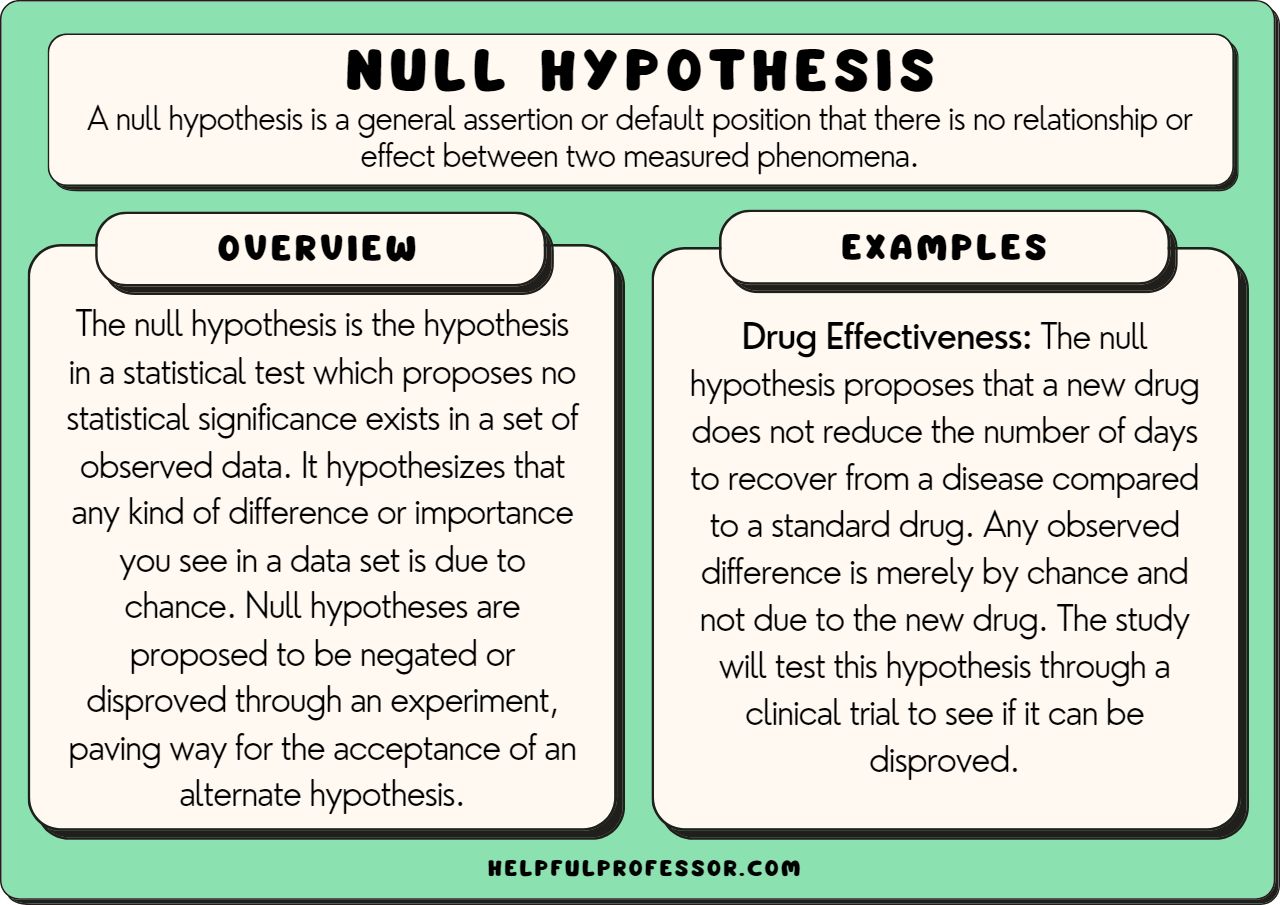[The Power of Storytelling: How to Captivate Your Audience and Achieve Your Goals]

Executive Summary

Storytelling is a powerful tool that can be used to engage audiences, build relationships, and achieve specific goals. This article will explore the importance of storytelling in various contexts, from marketing and communication to personal growth and leadership. We will delve into the key elements of effective storytelling, including character development, plot structure, and emotional impact.

Introduction
In a world saturated with information and competing for attention, storytelling has emerged as a vital tool for connecting with audiences and driving desired outcomes. Whether it’s a brand building its reputation, a leader inspiring their team, or an individual sharing their experiences, the power of storytelling lies in its ability to transcend rational thought and tap into our emotions, leaving a lasting impression.
What are the benefits of storytelling?
Why is storytelling so important?
- Builds Connections: Storytelling fosters emotional connections by creating shared experiences and building empathy.
- Enhances Persuasion: Stories are more persuasive than facts and figures because they resonate with our emotions and make information more memorable.
- Improves Communication: Storytelling simplifies complex information and makes it more accessible to a wider audience.
- Boosts Engagement: Stories are inherently engaging and captivate our attention, keeping us hooked until the end.
How can I use storytelling in my daily life?
- Personal Growth: Storytelling can help you reflect on your experiences, identify your values, and communicate your story to others.
- Leadership: Effective leaders use stories to inspire their teams, communicate vision, and build a shared sense of purpose.
- Marketing and Sales: Brands can use storytelling to connect with their customers, build brand loyalty, and increase sales.
What are the key elements of a good story?
- Character Development: Focus on creating relatable and engaging characters with motivations and flaws.
- Plot Structure: Craft a compelling plot with clear beginning, middle, and end.
- Emotional Impact: Aim to evoke emotions in your audience, creating a memorable experience.
Types of Stories
Personal Stories
- Memoirs: Share your personal experiences and insights.
- Journeys: Tell the story of a transformation or a period of personal growth.
- Lessons Learned: Reflect on a challenging situation and the valuable lessons you learned.
Brand Stories
- Origin Story: Explain the founding story of your company or brand.
- Customer Stories: Share the stories of customers who have had positive experiences with your brand.
- Values-Driven Stories: Highlight your brand’s core values and how they impact your work.
Business Stories
- Case Studies: Share real-life examples of how your business has solved problems or achieved success.
- Employee Stories: Feature the stories of your employees, highlighting their skills and contributions.
- Innovation Stories: Showcase your company’s commitment to innovation and its impact on the market.
Crafting Compelling Stories
Identifying Your Audience
- Understanding Their Needs: Who are you telling the story to? What are their interests and concerns?
- Tailoring Your Story: Adapt your story to resonate with your target audience.
Building a Narrative Structure
- Establish a Clear Beginning: Introduce your characters, setting, and the central conflict.
- Develop Rising Action: Introduce challenges and obstacles that your characters must overcome.
- Create a Climax: The turning point in your story, where the tension reaches its peak.
- Resolve the Conflict: Tie up loose ends and provide a satisfying conclusion.
Creating Emotional Impact
- Appealing to the Senses: Use vivid language and imagery to create sensory experiences for your audience.
- Evoking Emotions: Choose words and phrases that evoke specific emotions, such as joy, sadness, fear, or anger.
- Show, Don’t Tell: Use active verbs and vivid descriptions to show your audience what is happening.
Conclusion
Storytelling is a powerful tool that can transform the way we communicate, connect, and achieve our goals. By understanding the key elements of effective storytelling, we can craft compelling narratives that engage our audiences, build meaningful relationships, and inspire action. Whether you’re sharing your personal journey, promoting your brand, or leading a team, the power of storytelling lies in its ability to connect with hearts and minds, leaving a lasting impact.
Tags
storytelling, narrative, communication, engagement, persuasion, brand storytelling, business storytelling, personal storytelling, content marketing, digital marketing
This is the HEADER
This is the FOOTER
